Hedera helix 'Les Gargalous' (The Gargalous)
Hedera helix 'Les Gargalous' (The Gargalous)
Mature form, with rather rounded, glossy, dark-green foliage, supported by stems with short internodes.
Inflorescences are tiered and spherical, well clear of the foliage.
11.90 €
Description
Ornamental ivy - Hedera helix 'Les Gargalous
In a nutshell
Hedera helix 'Les Gargalous' is an adult form recovered from the Gargalous garden in Creuse, and corresponds to the majority form found in this region.
Its rather rounded, glossy, dark-green foliage is borne on stems with short internodes.
The staggered, spherical inflorescences, which are well clear of the foliage, are very attractive.
In autumn, the stamens are clearly visible, illuminating the site like light bulbs.
Technical data
Botanical information
- Family: Araliaceae
- Genre : Hedera
- Species: helix
- Cultivar : 'Les Gargalous' (The Gargalous)
- Pierot classification: adult ivy
- Foliage stage: adult
- Species origin: Europe, from Spain to Norway, but little on the Atlantic coast.
- Origin of cultivar: selected by Olivier Arcelus
Description of Hedera helix 'Les Gargalous'
- Growth habit: erect
- Number of lobes: none
- Leaf length: 5 cm
- Sheet width: 4 cm
- Leaf shape: ovoid
- Leaf color: dark green
- Color of veins: light green
- Internodes: short
- Flowering color: greenish yellow
- Flowering period: autumn
- Fructification: black berries
- Fruiting period: winter
- Stem and petiole color: green
- Hairs: stellate, 3 to 5 branches
Planting, cultivation and care recommendations for Hedera helix 'Les Gargalous'.
- Exposure: shade, part shade, sun
- Hardiness: -15°C
- Soil moisture: cool soil
- Soil PH: neutral or calcareous
- Soil type: all
- Soil richness: ordinary or humus-bearing
- Use: rockery, beds, pots, window boxes
- Development: moderate
- Pruning: once a year
- Pests: very rare (red spider mites, scale insects)
- Diseases: very rare (leaf spots)
Shrubby ivy
Tree ivy has a very different habit from other ivy. Instead of crawling along the ground or climbing up a support, they have an upright, shrub-like habit. They stand upright without support or spikes. This form is relatively rare among ivy plants. Their development is fairly limited compared with lianas, and therefore very easy to control.
This type of ivy shrub is particularly interesting in a rockery to give volume. They also work wonders in pots, arrangements or window boxes. They are easy to integrate into a bed as long as they are not invasive.
See other varieties of ivy shrubs.
Further information
| Weight | ND |
|---|---|
| Cont. | 9 cm bucket, 2-litre pot |
| Foliage | Green |
| Specific | Shrubby, Compact habit |
Only connected customers who have purchased this product can leave a review.
Growing our ivy
All our ivy is grown outdoors. The cuttings are planted in 9 cm pots. They grow there for about 1 year.
They are then repotted into 1-liter containers. These are then repotted 1 year later into 2-liter containers. In the case of climbing ivy, a stake (usually 50 cm long) is placed in the pot to support the ivy. One or two years later, the ivy is repotted into a 4-litre container. If it's a climber, the stake is replaced with a new 1.20 m to 2 m stake, depending on the plant's development.
The containers are placed in a shaded area, either by trees or by a canopy.
Ivy is not "grown" with fertilizer. Only a change of substrate at each repotting provides the nourishment needed for natural, healthy growth.
Bred the hard way, ivy will be much better able to acclimatize to your garden.
The different containers
You can find our ivy in the following containers:
- 9 cm bucket
- 1-litre pot, with or without stake
- 2-litre pot, with or without stake
- 4-litre pot with or without stake
- large pot of 5.5 liters, 7 liters, 9 liters or more.
Shipment of your ivy parcel
We ship every week. They are dispatched on Mondays via Colissimo. So, in the vast majority of cases, the parcel arrives in the middle of the week and doesn't have to sit in a warehouse all weekend.
Orders are prepared on the Friday before dispatch. This gives the jars time to drain over the weekend if they are damp. This prevents the jars from dampening and weakening the shipping carton.
So, in concrete terms, order before Thursday evening if you want your package of ivy to arrive in the course of the following week.
Each pot is wrapped in stretch film to hold the substrate in place throughout the journey. The stakes are removed to optimize space in the parcel.
What should I do when my parcel arrives?
As soon as you receive your parcel, open it so that the plants can breathe and see the light as soon as possible. Unpack carefully, taking care not to damage the plants. Soak the pots in water for about ten minutes to rewet them.
How to plant your ivy?
Careful planting is crucial to your plant's development.
Prepare a hole three times as wide and twice as deep as the pot. In this way, you'll create a well-loosened space in which the roots can begin to settle easily. Once they're well established, they'll be strong enough to explore further and deeper, depending on their needs.
Water generously after planting, even if it's raining. The purpose of this watering is to make the soil stick to the roots for a good start.
Mulch at the foot of your plant to keep it cool and prevent unwanted growth.
During the first year, don't neglect watering if the weather is dry, and especially if it's hot. Once well established (after a year or two), ivy will take care of itself. In most cases, it will no longer need watering if planted in the ground. Of course, if it's in a pot, you'll still need to water it regularly. But be careful not to over-water, as ivy dies much more easily from over-watering than from under-watering.
Other interesting ivy
Similar products
-
Hedera helix 'Chester'
- From 4.90 €
- Choice of options
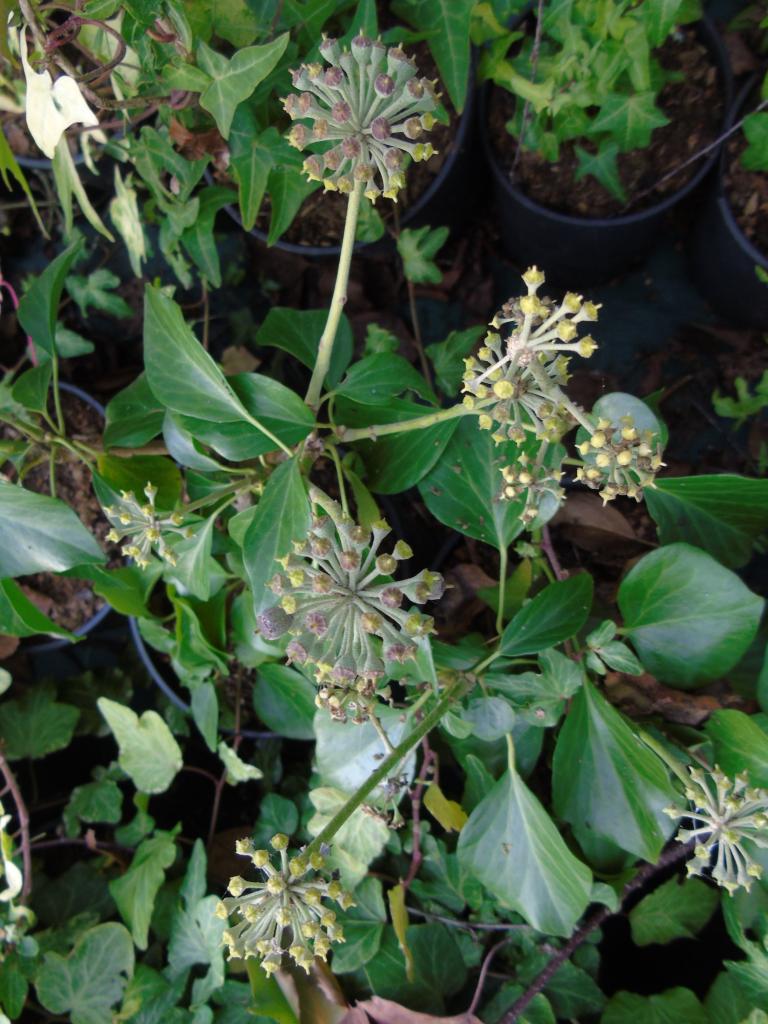
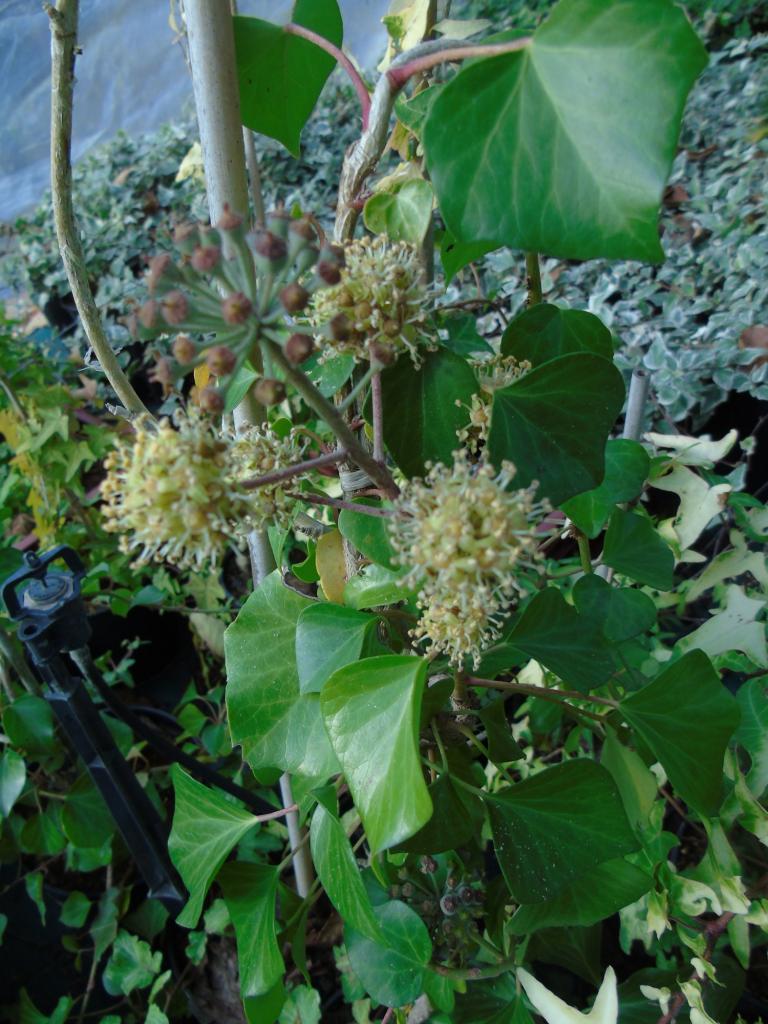
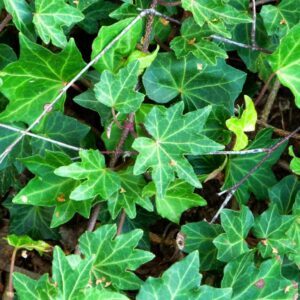
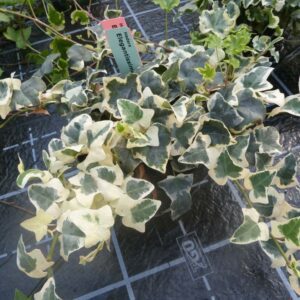
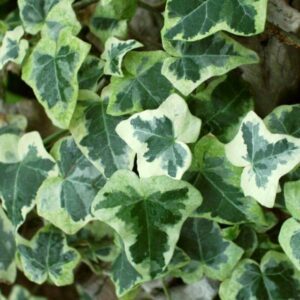
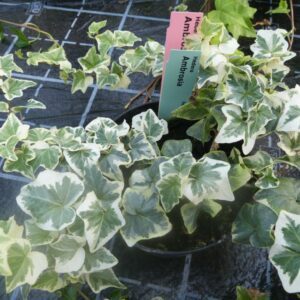
Opinions
There are currently no product reviews.